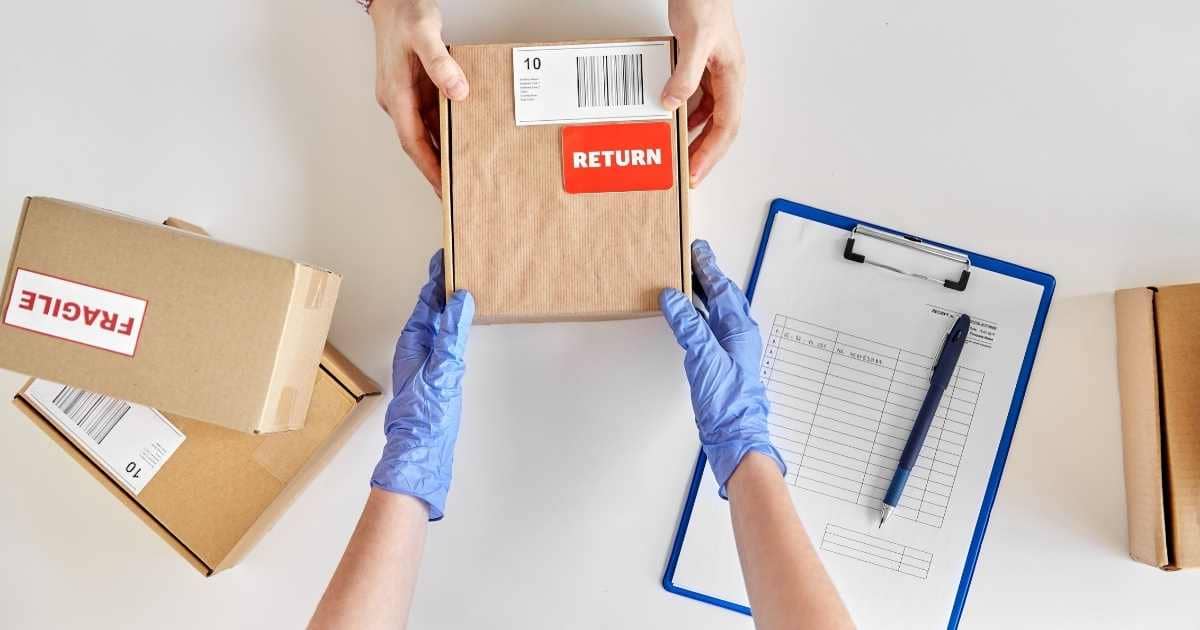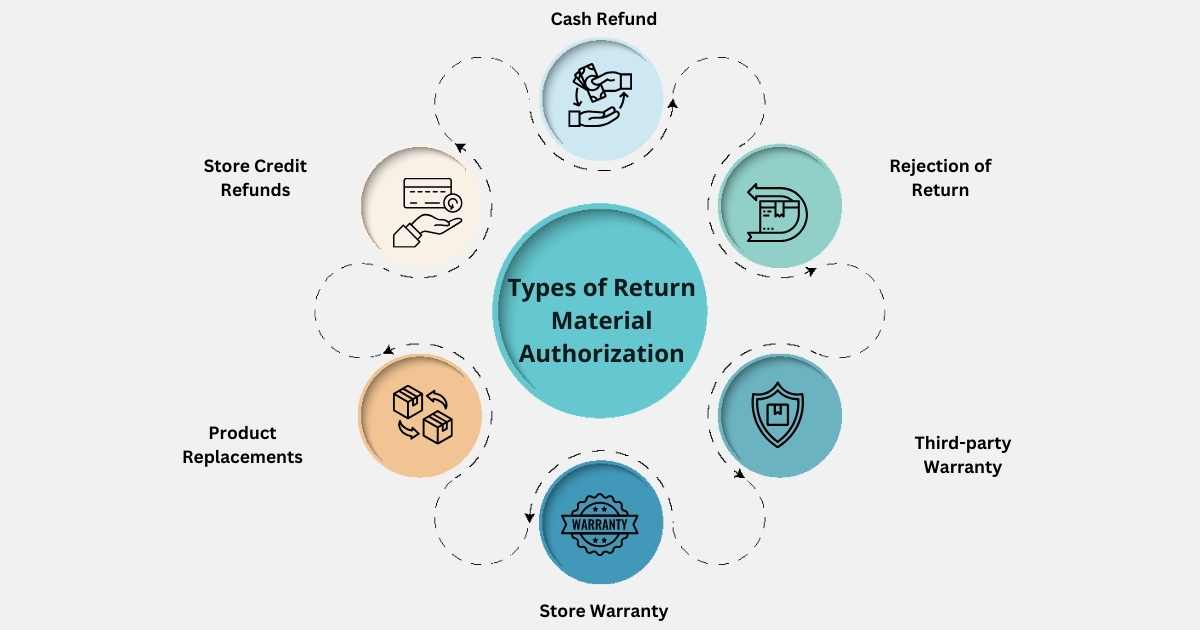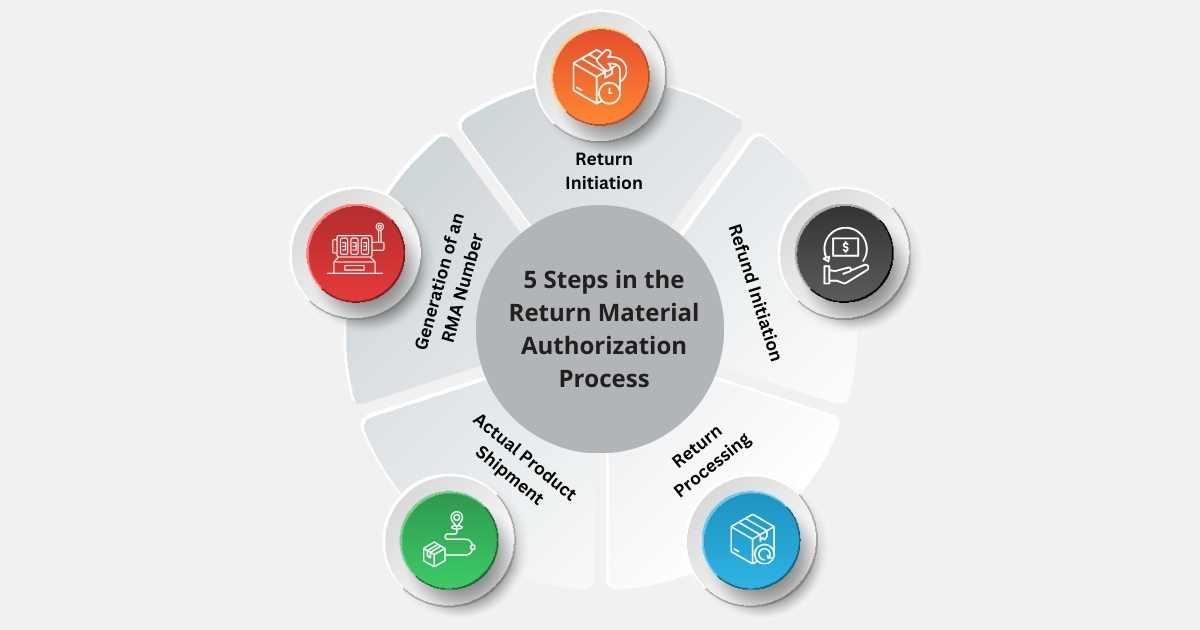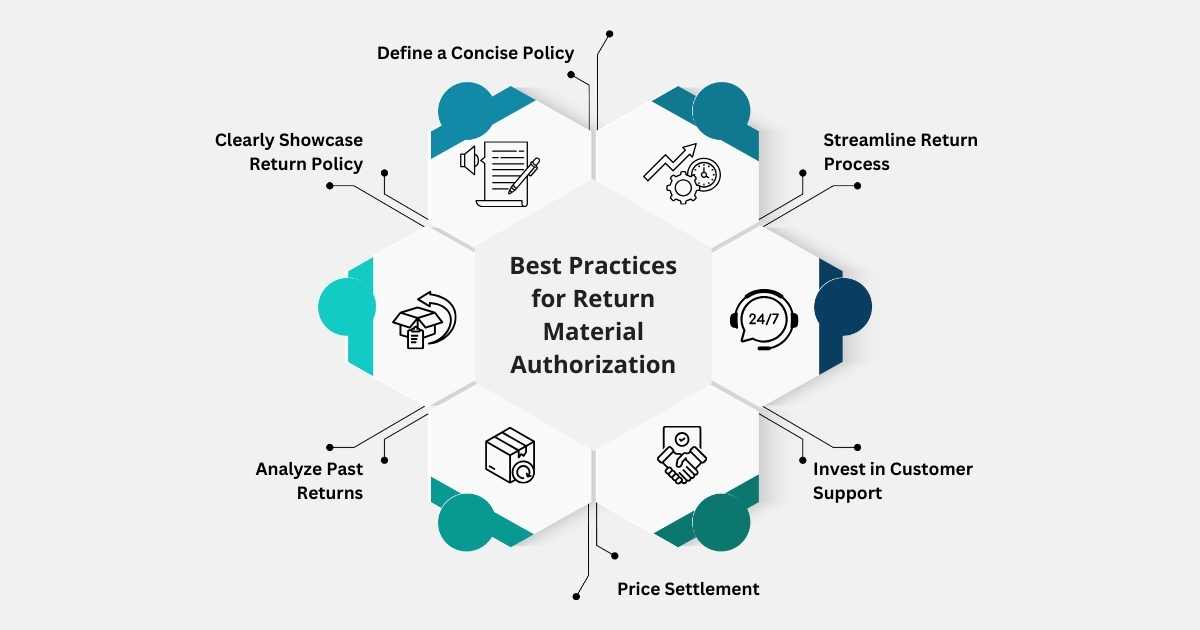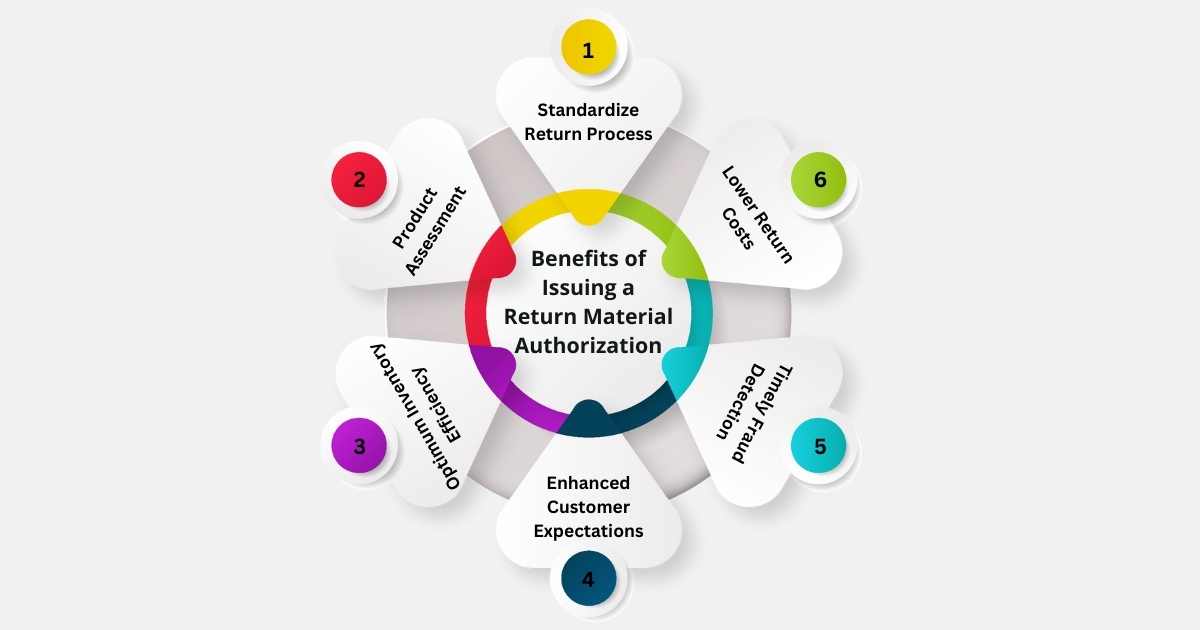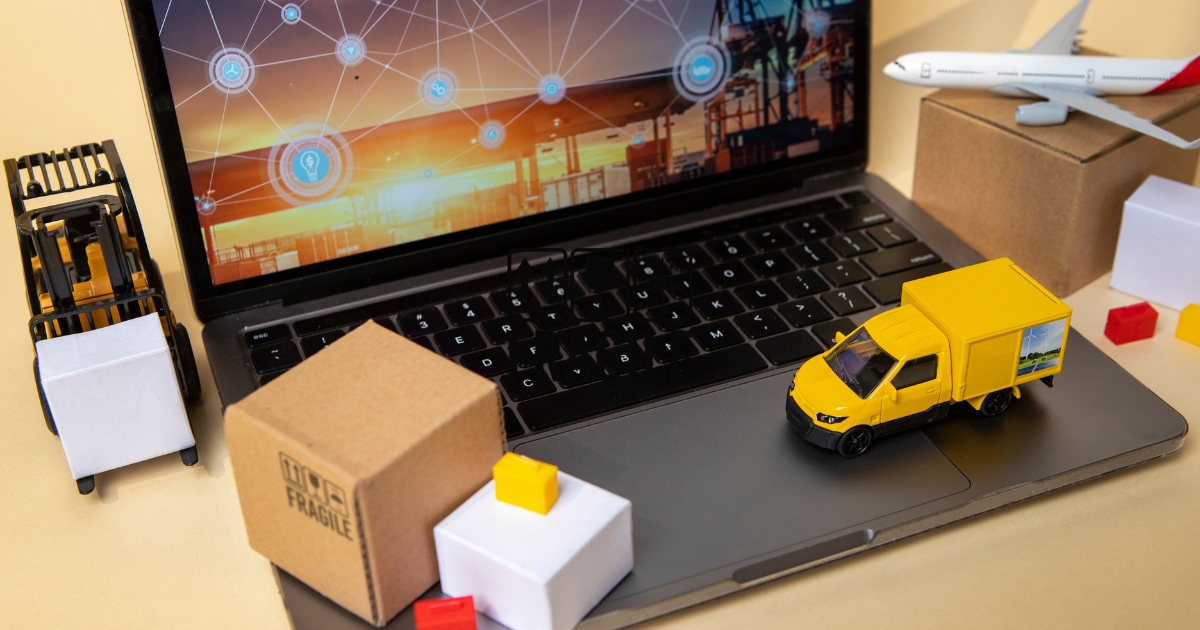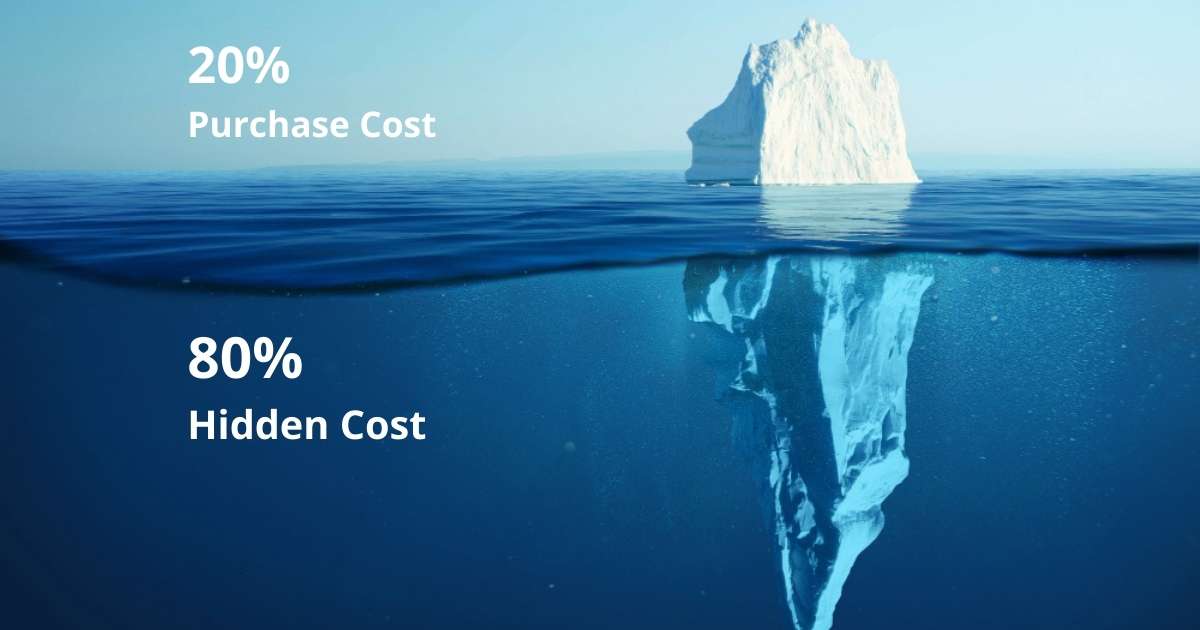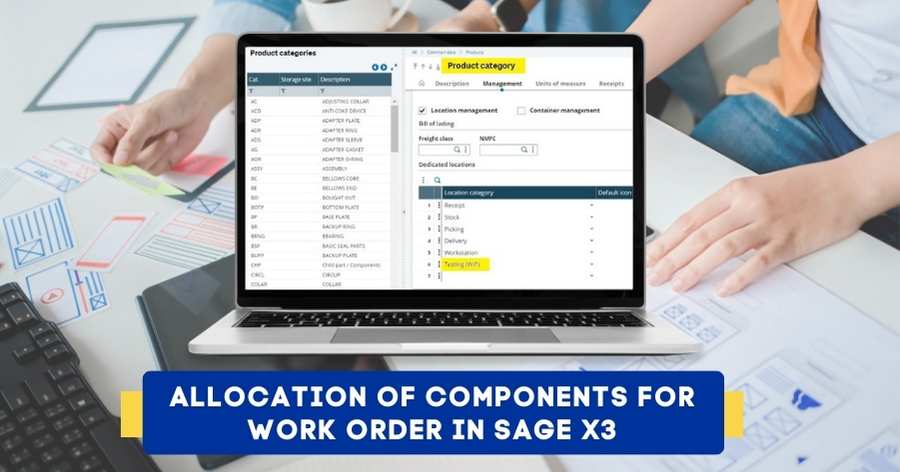What is Return Material Authorization (RMA)?
Return Material Authorization (also called, Return Merchandise Authorization) is a physical or electronic document that confirms the company’s acceptance of initiating a return or replacement of a product for any valid or acceptable reason stipulated in the company’s Return Policy.
Companies across the world use ERP Software to streamline and expedite various processes such as customer support, sales, and supply chain processes. It acts as a one-stop solution that enables companies to make informed decisions and drive growth.
What are the Types of Return Material Authorization (RMA)?
1. Cash Refund
The company returns the original amount paid by the customer. Depending on the company’s Return Policy, it might deduct a small penalty as part of the return processing fee. It credits the amount to the customer’s original payment mode used during the purchase.
2. Store Credit Refunds
An increasing number of companies prefer Store Credit Refunds over Cash Refunds. The customer receives a credit for the refunded amount in his/ her e-commerce account. This credit can only be used on the same portal to purchase another product or service.
3. Product Replacements
The company exchanges the faulty or defective product with a new one. In the event an incorrect product is shipped, it will provide a replacement with a new product meeting the customer’s original purchase criteria (for example, size, type, or color).
4. Store Warranty
If the customer had purchased the product from the same manufacturer, any defects in the product will be repaired from the company’s authorized store. Depending on the protection plan, the company may also offer additional levels of protection such as accidental or water damage.
5. Third-party Warranty
In this case, the company may provide a warranty from a partnered third-party repair outlet. The customer will not be charged for the repair due to agreements between the company and the third-party repair outlet. This option is mostly preferred by companies that don’t have a pan-India presence.
6. Rejection of Return
The company may refuse to provide any return at all if it suspects fraud (such as shipping an altogether different product), breach of the contract, or a non-fulfillment of the return conditions (for example, initiating a return past its expiry, or shipping a used product). The exact conditions may differ from company to company and the service agreement.
5-Steps in the Return Material Authorization (RMA) Process
1. Return Initiation
When a customer has a poor experience with a product, he contacts the customer service executive and requests the RMA Form. He fills out and submits the form with a reason acceptable under the Return Policy.
2. Generation of an RMA Number
If the return request is approved, the seller generates an RMA Number and issues it to the customer. It allows easy tracking of the return process and ensures
3. Actual Product Shipment
Next, the customer ships the product back to the seller. The RMA Number on the shipment helps the seller track the return process, verify its legitimacy, and process the item in the warehouse.
4. Return Processing
Once the seller receives the returned product, it is thoroughly checked for any physical damage (such as scratches, pressure spots, and water damage) that can potentially disrupt the product’s aesthetics and cause hurdles in the core functionality.
5. Refund Initiation
Last but not least, the company releases the refund or replacement of the product to the customer. The exact timeframe for the same will depend on the company’s policy, transaction processing time, banking holidays, etc.
Best Practices for Return Material Authorization (RMA)
1. Define a Concise Policy
Define a concise and transparent Return Policy and clearly communicate all the terms and conditions (such as return window, approved circumstances, return options, method, and any fees). Make sure that your Return Policy is easy to read and understand.
2. Clearly Showcase Return Policy
Make sure that your Return Policy is clearly visible on your website & app. It should be clearly visible throughout all the stages of the customer journey such as marketing emails, product overview, features exploration, checkout cart, and purchase confirmation.
3. Streamline Return Process
Try streamlining the return or refund process through your company’s mobile app or customer portal on the website. Integrate your customer support with modern technologies such as an ERP Application to provide a fully automated and hassle-free process with multiple options (such as return, replacement, on-site repair, and service center repair).
4. Analyze Past Returns
Actively analyze your past returns, identify potential issues with your products, and consult with your customers. With a thorough understanding of your customer’s expectations and potential pitfalls in the product design, safety, or quality, it becomes easier to minimize future returns.
5. Invest in Customer Support
Train your employees, and focus on developing their skills & maximizing productivity. Skilled & trained employees are more likely to provide a personalized experience and handle customer complaints efficiently, resulting in less confusion and higher customer excellence.
6. Price Settlement
Businesses can reduce their return costs by providing an option to the customer to keep using the product and get a partial refund in the event it is of inferior quality, or the wrong size, or color. It can be a win-win situation for both the customer and the seller.
Benefits of Issuing a Return Material Authorization (RMA)
1. Standardize Return Process
Return Material Authorization requires businesses to establish a clear Return Policy and standardize the entire process. They also need to proactively track and process returns and address any challenges or shortcomings in return management.
2. Product Assessment
Businesses that standardize their return or replacement process with an RMA continuously analyze past return data to analyze specific trends & patterns. Thorough evaluation of the technical aspects enables businesses to gain valuable feedback about the product’s performance, quality & safety, and make appropriate enhancements to meet industry standards.
3. Optimum Inventory Efficiency
RMA enables easy tracking of inventory throughout the product return and replacement processes. Use an ERP implementation to adjust your inventory levels to meet ever-changing circumstances, and ensure easy availability of the product to fulfill customer expectations.
4. Enhanced Customer Expectations
With clear guidelines for returning or refunding products, a properly framed Return Policy in place, a simple flow of communication, and the adoption of the Best ERP Software in India, your customers will experience a seamless experience throughout the return process.
5. Timely Fraud Detection
As per our RMA full form and concept discussed above, it helps with the timely detection and prevention of fraud and ensures only genuine return requests are processed. By lowering the abuse of their Return Policy, businesses will be able to achieve profit maximization.
6. Lower Return Costs
As we’ve seen in the what is RMA, it offers yet another important benefit. It increases the retention of your existing customers and builds a loyal customer base. With fewer returns and refund requests, your business will be able to save costs and increase profits.
Limitations of Return Material Authorization
1. Delays in Return Process
Generating a Return Material Authorization is not a simple process. It goes through multiple steps that can delay the return process.
2. Resource-intensive Task
Companies need to deploy a dedicated staff to look after the entire process of inquiring about the returnable product, authorizing it, and generating an RMA.
3. Environmental Effects
Generating RMA on physical paper can lead to paper waste and negatively impact the environment. Paper waste contributes to 26% of solid municipal waste in landfill sites.
4. Stock Discrepancies
Returned products are required to be inspected and then repaired or completely discarded depending on their condition. All of this can lead to stock discrepancies.
Wrap Up
Return Material Authorization brings standardization to the product return process and ensures a seamless customer experience. It is helpful for businesses to track the returns, ensure the legitimacy of the return requests, and adjust warehouse inventories.
Sage X3 is an extensible solution that offers a myriad of benefits from comprehensive order tracking, accurate inventory forecasting, and superior customer support with the help of emerging technologies. It is a one-stop solution that helps you improve your company’s operational fluency, lower costs, and proactively mitigate various business challenges.
FAQs
1. What is the RMA Meaning in Simple Words?
RMA meaning in simple words is that it is a process that acts as a formal approval of the customer’s return of a product. It enables smooth execution of the return process and easy tracking of the items to be returned back to the manufacturer’s warehouse, retail store, or a third-party drop-off center.
2. What is RMA?
RMA full form is Return Material Authorization, which signifies approval of the customer’s return or refund process and provides additional information (such as an RMA Number) to enable easy tracking throughout the return process.
3. Why Do Companies Issue a Return Material Authorization (RMA)?
When a customer applies for a refund for a product or service, the company verifies the purchase transaction and approves the return request according to its terms and conditions. If the company determines that the product is indeed defective and the return is acceptable under the existing Return Policy, it issues a Return Material Authorization to confirm the approval.
4. Which Information is Included in an RMA?
The following information is typically included in an RMA:
- Customer Details: This includes the name and contact details of the customer (email address, phone number, and shipping address).
- Purchase Details: This includes the date & time of the original purchase, quantities ordered, and invoice number, alongside warranty expiration information.
- Product Technicalities: This includes the product name, model, serial number, and other specifications.
- Return Technicalities: This includes the reason for the product return (such as defective, wrong, or incorrect shipment — such as incorrect quantity, color, or size).
- Return Authorization Information: This includes different sets of information such as the RMA Number, expected return date, shipment instructions, and more.
- Return Policy: This includes the Terms & Conditions of the refund process, and who will bear the shipping charges.
5. What is an RMA Number?
When a company generates an RMA, it issues an RMA Number to the customer signifying approval of the return request. The customer is required to provide or print the RMA Number along with the return shipment to allow the original manufacturer to track it throughout the entire process.
6. How Does RMA Benefits B2B & B2C Companies?
Here’s how a clearly established Return Policy and adopting Return Material Authorization benefits B2B and B2C companies:
- Streamlines various return-centric procedures
- Allows you to set up a superior fraud identification and prevention mechanism
- Simplified order tracking, return management, and escalation of customer complaints
- Easy data sharing between teams to speed up return and replacement
- Tackle real-world inventory challenges with an Inventory Management System (supports both the FIFO Method and LIFO Method)
7. What is an RMA Slip?
An RMA slip is a physical return authorization receipt that a company issues to the customer as part of the return process. It provides complete visibility throughout the return process and includes key information required for the warehouse to process the returned item. It may contain a Barcode that contains key information about the product to be returned, the reason for return issuance, the name & contact details of the customer, and the final refundable amount to the customer. This information may be stored in the form of a barcode.
